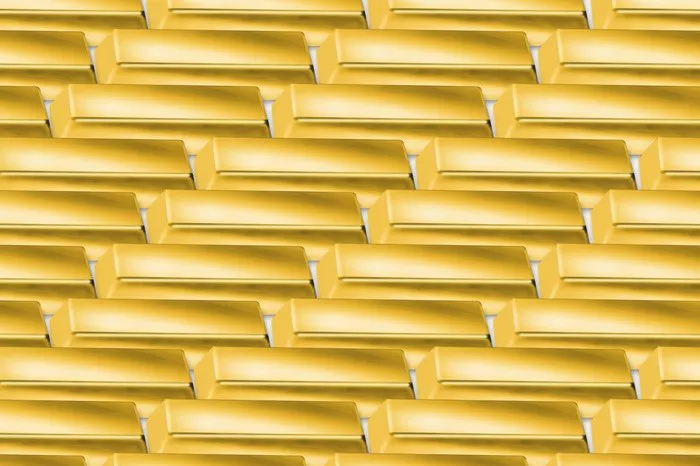Gold has been a symbol of wealth, power, and beauty for centuries. Its value is determined by its purity, which is measured in carats (or karats, abbreviated as “kt”). The higher the carat count, the purer the gold. However, different carat counts serve different purposes, each with unique properties and applications. In this article, we will explore the 5 best gold carat counts, their characteristics, and their ideal uses.
Understanding Gold Carats
Before delving into the best carat counts, it is essential to understand what carats mean in the context of gold. Carat (kt) is a unit that indicates the purity of gold alloys. Pure gold is 24 carats, meaning it contains no other metals. Lower carat counts indicate the presence of other metals, which can enhance durability and alter the color of the gold.
Common Gold Carat Counts
24 Carat Gold (24kt)
22 Carat Gold (22kt)
18 Carat Gold (18kt)
14 Carat Gold (14kt)
10 Carat Gold (10kt)
Each of these carat counts has its unique benefits and applications, which we will explore in detail.
1. 24 Carat Gold (24kt)
Purity and Characteristics
24 carat gold is the purest form of gold, containing 99.9% gold. It has a distinct, rich yellow color and is highly malleable and ductile. Because of its purity, 24kt gold is the most valuable per gram compared to lower carat gold.
Uses
Investment: 24kt gold is ideal for investment purposes in the form of bars and coins.
Cultural and Religious Artifacts: Many cultures use 24kt gold for making religious artifacts and ceremonial objects due to its purity and symbolic significance.
Electronics: Gold’s excellent conductivity makes 24kt gold useful in high-end electronic components.
Advantages and Disadvantages
Advantages:
High purity and value
Rich, vibrant color
Excellent for investment
Disadvantages:
Extremely soft and prone to scratches and deformations
Not suitable for everyday jewelry due to its softness
2. 22 Carat Gold (22kt)
Purity and Characteristics
22 carat gold contains 91.6% gold, with the remaining 8.4% comprising other metals like copper, silver, or zinc. This slight alloying makes 22kt gold more durable than 24kt gold while retaining most of its yellow luster.
Uses
Jewelry: 22kt gold is popular for making traditional and wedding jewelry, especially in countries like India.
Coins: Some gold coins are made with 22kt gold for a balance between purity and durability.
Advantages and Disadvantages
Advantages:
High purity with improved durability
Retains a rich yellow color
Suitable for intricate jewelry designs
Disadvantages:
Still relatively soft compared to lower carat gold
Slightly less pure than 24kt gold
See Also: 8 Uses of Liquid Gold
3. 18 Carat Gold (18kt)
Purity and Characteristics
18 carat gold consists of 75% gold and 25% other metals. This combination provides a good balance between purity, color, and strength. The additional metals can vary, resulting in different shades, such as rose gold or white gold.
Uses
Fine Jewelry: 18kt gold is widely used in high-end and fine jewelry due to its balance of purity and durability.
Watches: Many luxury watch brands use 18kt gold for their timepieces.
Advantages and Disadvantages
Advantages:
Balanced purity and strength
Available in various colors (yellow, white, rose)
Less prone to scratches and deformations
Disadvantages:
Less pure than 22kt and 24kt gold
Higher price compared to lower carat gold for its durability
4. 14 Carat Gold (14kt)
Purity and Characteristics
14 carat gold contains 58.5% gold and 41.5% other metals. This higher proportion of alloys makes 14kt gold significantly more durable and affordable than higher carat gold.
Uses
Everyday Jewelry: 14kt gold is ideal for everyday jewelry, such as rings, bracelets, and necklaces, due to its strength and lower cost.
Wedding Bands: Many wedding bands are crafted from 14kt gold for their durability.
Advantages and Disadvantages
Advantages:
Durable and resistant to scratches
More affordable than higher carat gold
Suitable for everyday wear
Disadvantages:
Less pure with a slightly muted color compared to higher carat gold
May cause allergies in some individuals due to higher alloy content
5. 10 Carat Gold (10kt)
Purity and Characteristics
10 carat gold is composed of 41.7% gold and 58.3% other metals. This makes it the least pure and most affordable gold used in jewelry, but also the most durable.
Uses
Affordable Jewelry: 10kt gold is popular for making affordable jewelry that still has the appearance of gold.
Heavy-duty Jewelry: It is often used for items that require extra durability, such as men’s rings and bracelets.
Advantages and Disadvantages
Advantages:
Highly durable and resistant to wear
Most affordable gold jewelry option
Suitable for heavy-duty use
Disadvantages:
Least pure with a less vibrant color
Higher alloy content may cause allergic reactions
Conclusion
Choosing the right gold carat count depends on the intended use and personal preferences. 24kt gold is ideal for investments and cultural artifacts due to its purity and value. 22kt gold offers a good balance for traditional jewelry. 18kt gold provides versatility and durability for fine jewelry. 14kt gold is perfect for everyday wear, combining affordability and strength. 10kt gold is the most durable and affordable option for heavy-duty jewelry.
Understanding these differences can help you make informed decisions when purchasing gold, ensuring you select the best carat count for your needs. Whether you are investing in gold bars, buying jewelry, or creating intricate designs, knowing the properties and uses of each carat count will guide you in making the right choice.
Related topics:

































